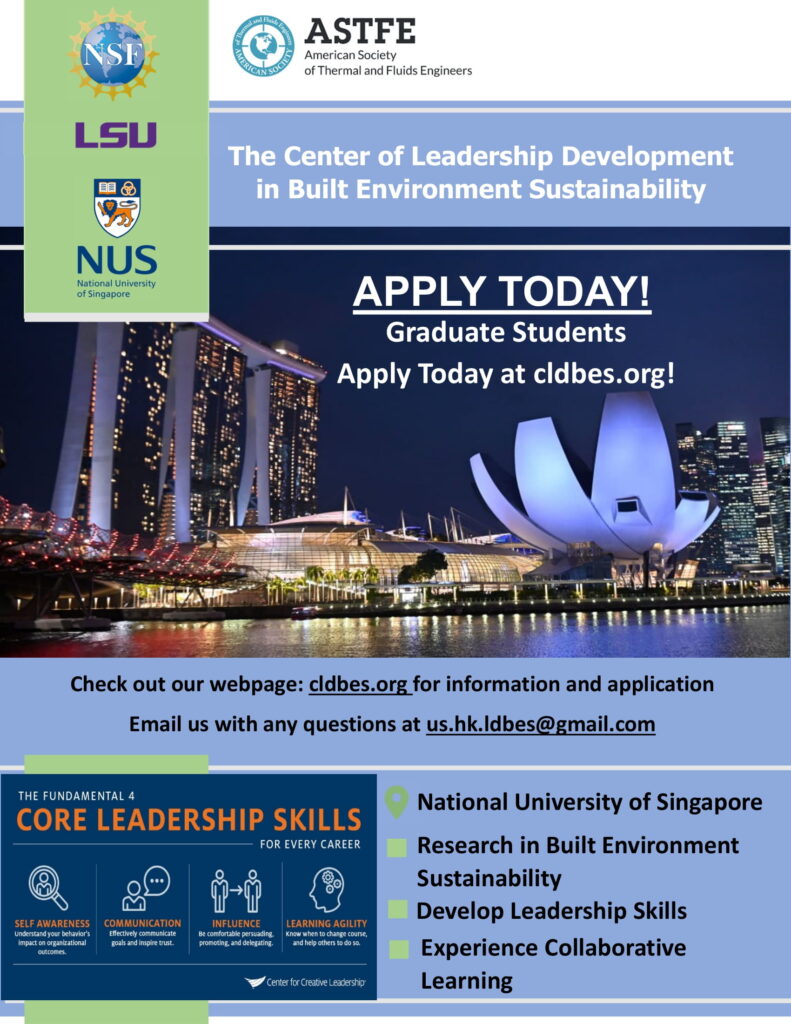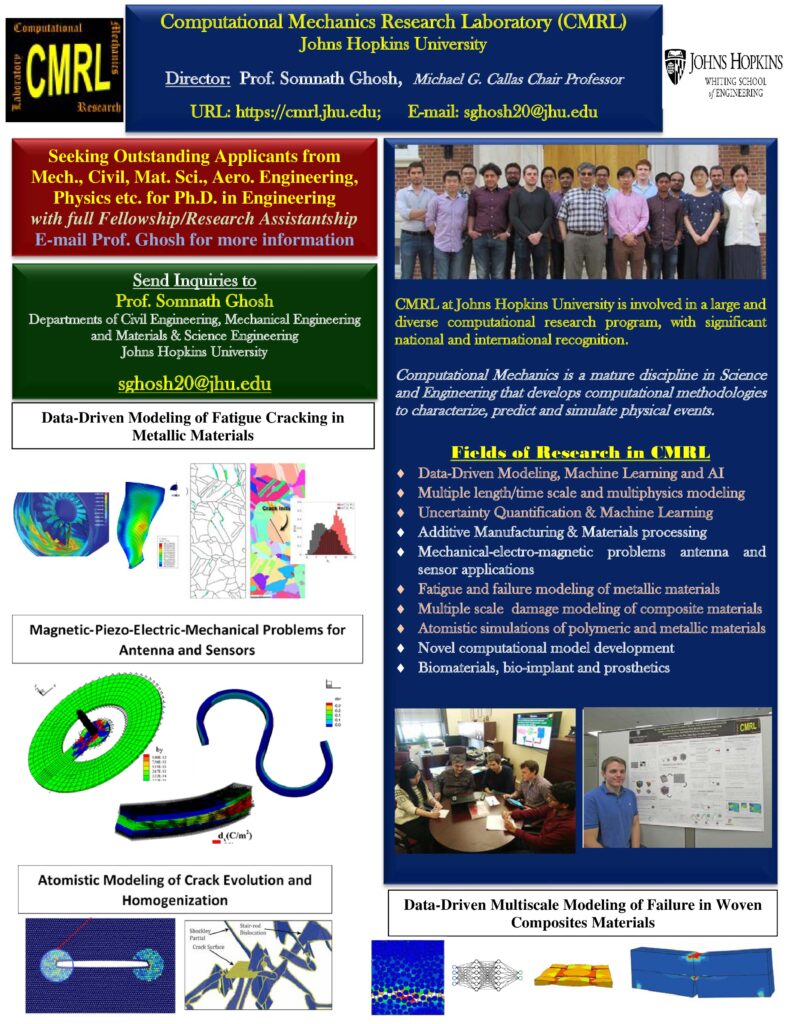Reliability, Availability, and Maintainability (RAM) Lead
General Responsibilities
Coordinate with the Operational Test Director and Lead Evaluator on Reliability, Availability, and
Maintainability (RAM)
Performs analysis of documented user requirements and directs or assists in the design of test plans in
support of user requirements for moderately complex to complex RAM utilization to supplement OT&E
activities
Participates in all phases of risk management assessment and software/hardware development
Responsible for ensuring that the RAM test design and documentation support all applicable clients, agency
or industry standards timelines and budgets
Coordinates and synchronizes evaluation activities and events with the Government T&E Manager and
other program and external stakeholders on RAM activity
Responsible for ensuring that RAM conclusions and recommendations are fully supported by test results
Coordinates OT&E evaluation status, strategies, plans, briefs and reports with other team members
Presents briefs to DHS DOT&E
Skills Required
Selected candidate must be trained/certified to the DHS T&E Certification Level II equivalency and
certified or willing to completed the DHS Operational Test Director (OTD) Training Course
Must possess at least 7 years of experience in the RAM test and evaluation field and have experience
supporting DHS or equivalent Operational Test Agent services
Selected candidate must be able to respond quickly to requirements and tasks with stringent deadlines in a demanding homeland security environment; possess strong critical thinking abilities and judgment skills; and be able to interact with various levels of people within and outside of a Government organization.
Selected candidate must have knowledge and/or experience with DHS Acquisition Directives and
Acquisition Lifecycle Framework (AD102/ALF); knowledge, understanding and/or experience with the
DHS (or DoD equivalent) Test and Evaluation (T&E) policies, procedures and best practices for conducting,
monitoring and reviewing operational test and evaluation.
Selected candidate must be able to support and perform assessments of T&E artifacts, such as the T&E
Master Plan (TEMP), Developmental Test and Evaluation Plans, Operational Test and Evaluation Plans,
Operational Requirements Documents, Mission Needs Statements with regard to RAM Testing, data
collection, and evaluation.
Demonstrates written and oral communication skills – provides technical guidance to the project team in performance of the work, and reviews the quality of all work products.
If interested, contact Tom Roltsch at roltsch@umd.edu or 703-915-1807.

